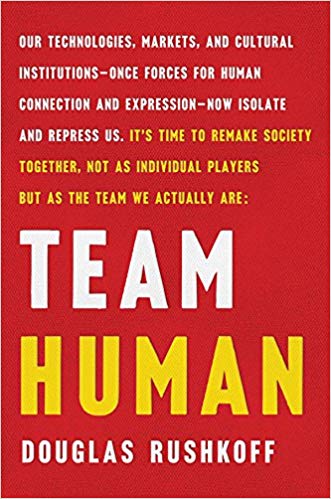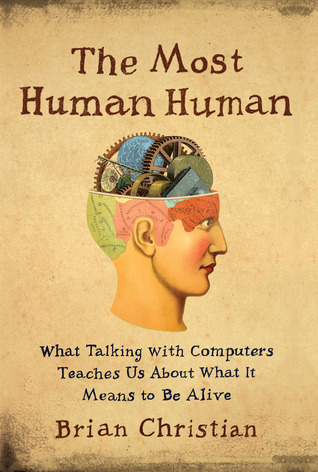The company that I work at is coming up on seven years old this winter. We’re a small managed service provider with about 4 employees and 25 or so clients. We provide IT support and project implementation services for small professional and service companies. We’ve been stagnant, growth wise, for the past three years or so, and my main focus in addition to taking care of our clients is refining our business processes so that we can scale to the next level. What we’ve been doing has brought us success, but it’s not enough to get us to where we want to be.
We’re part of a franchise system of independent operators all over the U.S. The home office is supposed to provide us with best practices and partner relationships, and the franchisees pool their purchasing power to get best deals with the partners. That’s how it’s supposed to work, anyways. What’s happened in practice is that the home office basically provides new franchise owners with a vendor for this, a vendor for that, and so on, and basically leaves the franchisees to themselves to figure out how to implement it. It’s completely inefficient. I can’t even begin to tell you how much time we’ve spent managing our RMM and PSA tools, or how much of my day to day is refining these various systems (some of which don’t have any API for automation control) to talk to each other.
Instead of pooling human resources, say to have a team of engineers that specialize in setting up firewall systems, for example, each location pretty much has their own teams. We rely on outside NOC and helpdesk partners to deal with first-line issues, and the local teams are supposed to be escalation support. But providing information to these various entities can be very difficult (ITGlue has helped tremendously!) but having a remote helpdesk is very frustrating for customers who expect some sort of continuity.
Unfortunately we’re just not able to provide that level of service for what clients are willing to pay. Especially the smaller clients. MSPs use a per-month contract billing, with rates for servers, workstations, and other IT resources, but that usually just covers keeping things running, remotely, and on site and project work is billed separately.
Things can really add up for clients, especially when they don’t follow our recommendations and shit goes south. Most of them are trying to balance the cost of having their own in-house IT resource, but hardware, software and human resource costs can quickly add up. This is even more true when you consider regulatory and compliance requirements. It’s really hard.
And companies that skimp on these costs always pay for it. Always. I’ve had my fair share of ransomware breaches, but one that I saw this week really took the cake. An firm who we have done business with in the past, that we’ve been under a limited engagement with, had a really bad attack which took down their entire Windows domain: three servers, including AD, Exchange, SQL, file services, and a custom database application. We stopped doing business with them three years ago because it was always a challenge to justify what needed doing over there, and things were usually such a matter of urgency that we would be forced to do things to keep them running. And then we would have to spent weeks having to pull teeth to get paid. We finally said enough is enough and just walked away.
So we got a call from them a few weeks ago. Turns out they had pissed off another MSP, and needed help. They had been through several in-house IT resources, but they needed RMM monitoring, AV and patch management stuff that we would provide. But because they were in dispute with the old IT company, we weren’t able to get access to their backup and data continuity appliance.
Long story short, they got hit earlier this week and didn’t have backups for half their shit. I had convinced their in-house person that they really needed to get some sort of local backup, and thankfully they followed my advice. But it was really too little, and they’ve spent the last 72 hours trying to recover. And let me tell you, it was the most stress-free disaster recovery that I’ve ever dealt with. I’ve damn near had panic attacks and probably lost years off my life from the stress of dealing with my own share of these disasters. Sometimes they were self-inflicted, other times not. But since I wasn’t the one holding the bag, I was chill as fuck.
I’ve saw the writing on the wall for MSPs some time ago. I don’t know if it will be ten years or when, but the business model is going to approach a race to the bottom. And our local market is already saturated with 4 or 5 decent competitors, and many more not so decent. Internal conversations around the future of our firm talked a lot about compliance auditing for DOD/NIST, and the question we’re struggling with now is whether we want to be an MSP that does compliance, or a compliance firm that does MSP. My gut tells me to go where others aren’t. Which is why I’m focusing my time on process automation, combining applications via API.
I was able to list several things to our no list, things we’ve done in the past that have gotten us into trouble in the past. That means setting boundaries for business that we deal with, and will likely involve cutting some of our clients who aren’t growing with us or don’t see the value of the service we provide. It means converting our services to product offerings in order to differentiate ourselves from the competition. And it means automating our processing so we’re not making the same decision over and over again.








